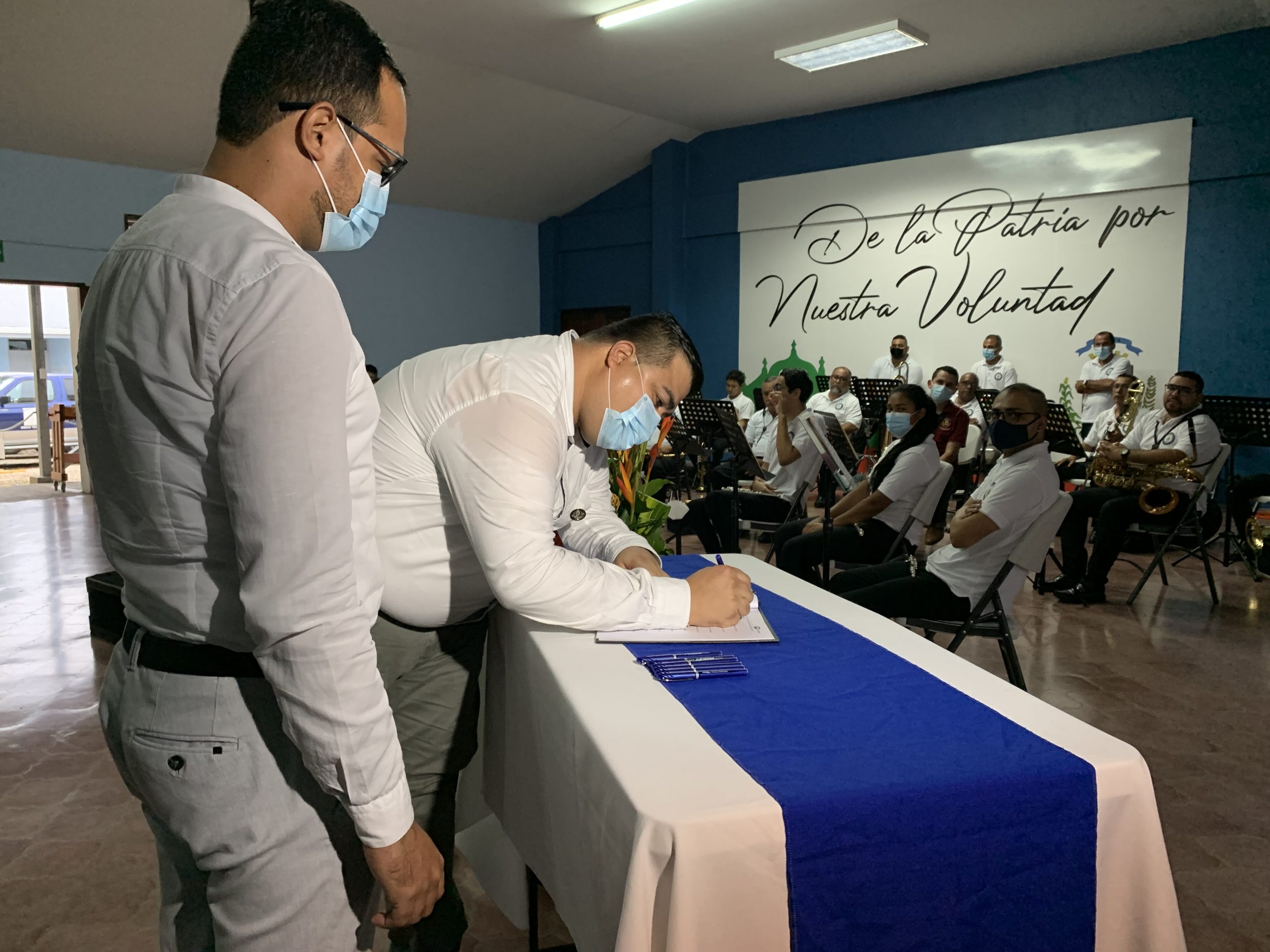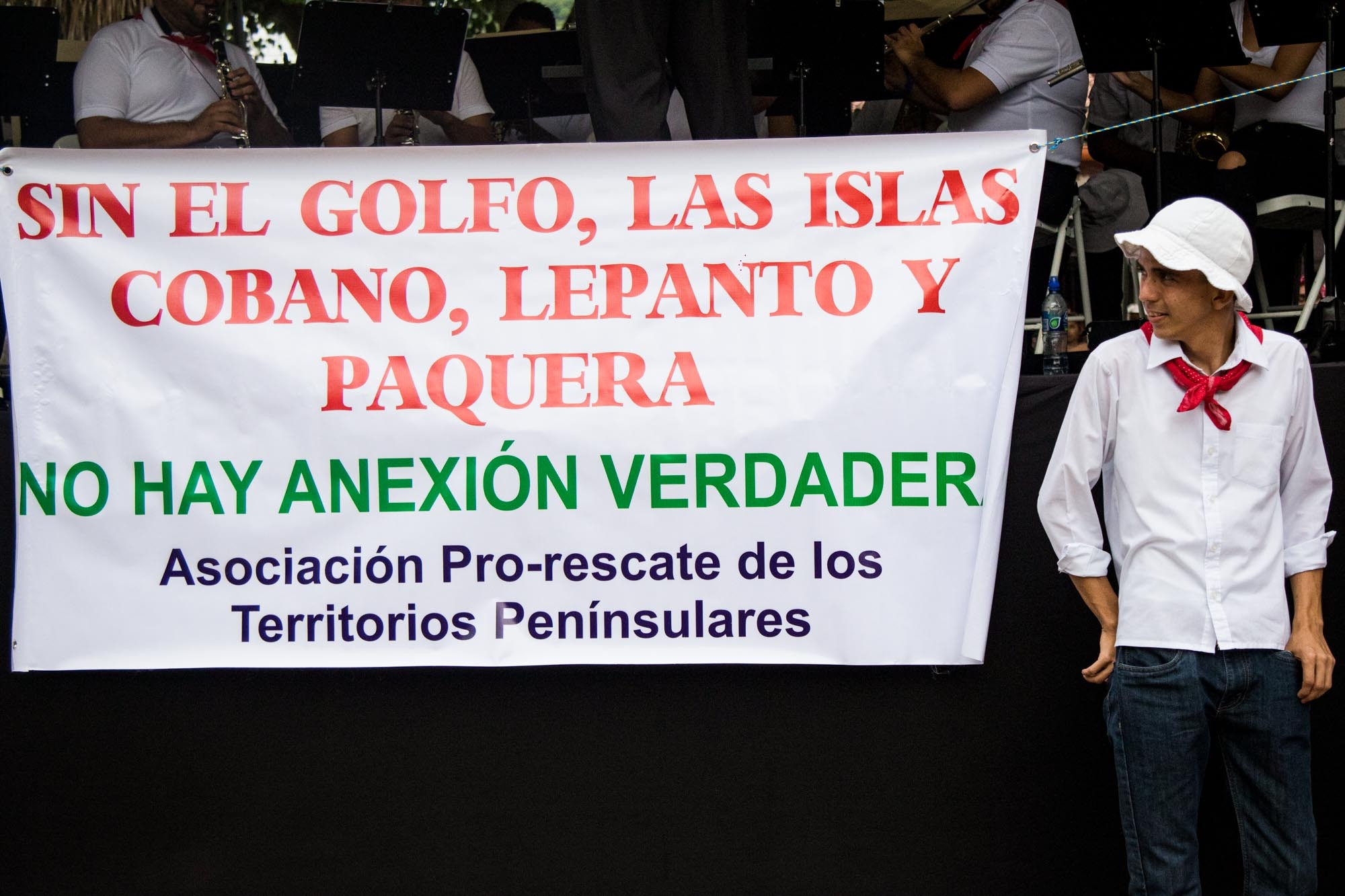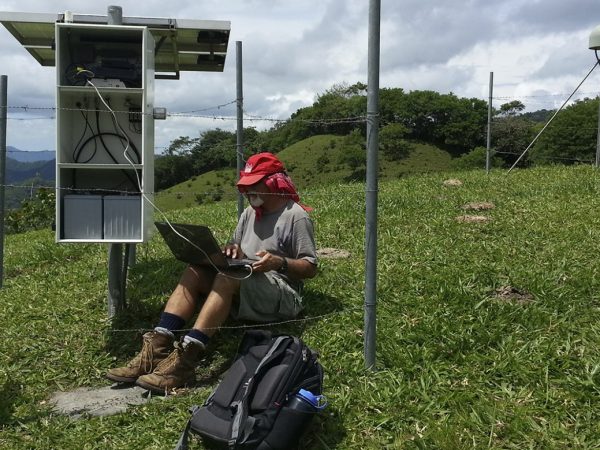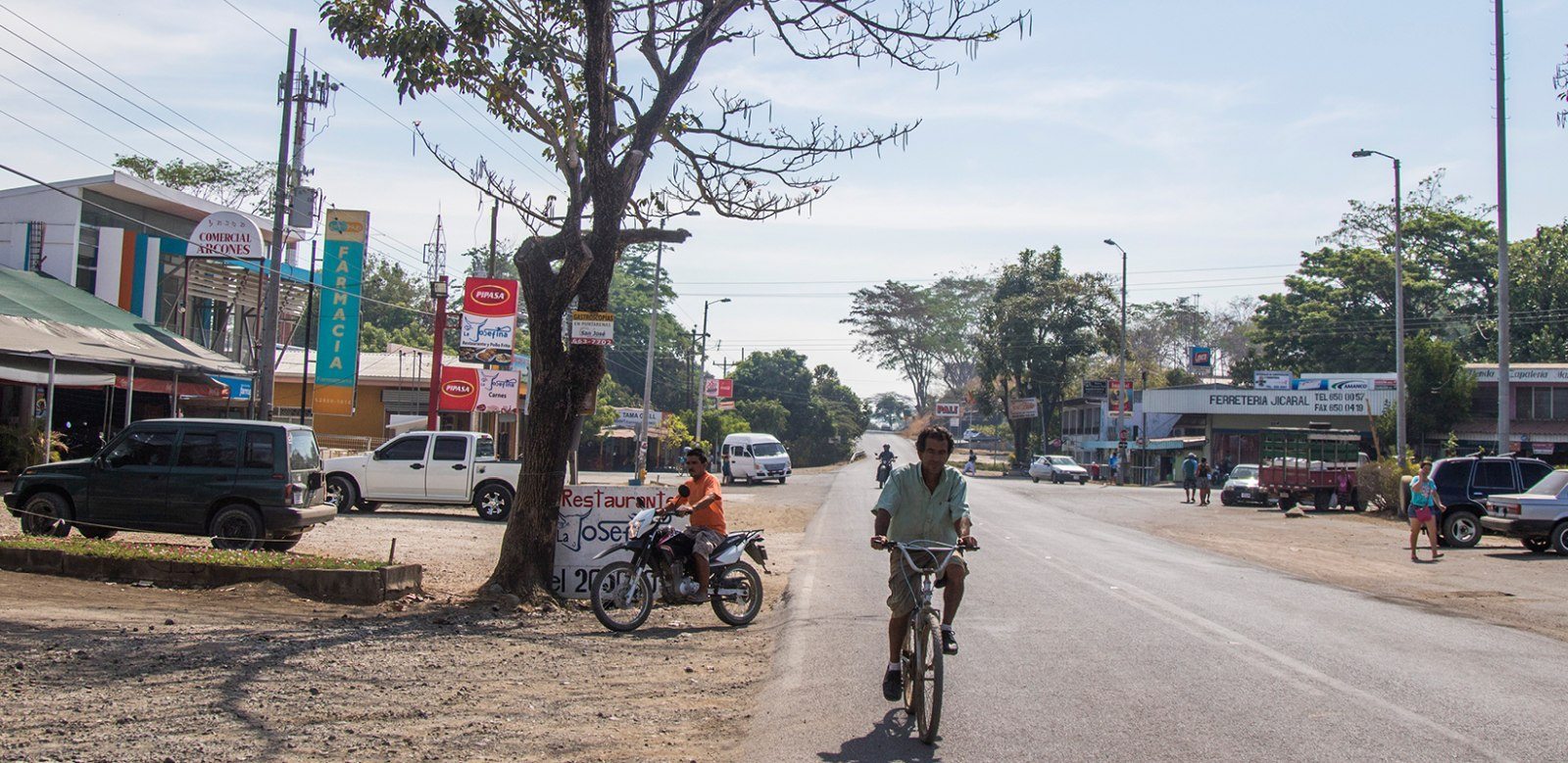
Guanacaste’s 11 municipalities declared the districts of Lepanto, Cobano, Paquera and the islands to be “unredeemed territory” of the province. In other words, for reasons of identity, they belong to it, but administratively they are still part of Puntarenas.
This was done on July 24 in the middle of the celebration of the Annexation of the Nicoya Party—including that region— to Costa Rica. The initiative is promoted by the Association for the Rescue and Development of the Nicoya Peninsula, the Gulf and its Islands and the Federation of Guanacaste Municipalities (FEMUGA- Federación de Municipalidades de Guanacaste) and seeks to “motivate” a legal decision that returns the towns to the province.
The dispute isn’t new. At different times (for example, 2002, 2014, 2016, 2018, 2021), civil society and political representatives have brought up seeking to “recover” the region.
However, the peninsula’s southern and island territories disagree about what they want: to return to Guanacaste, to form a single canton together, to stay in Puntarenas, to create separate cantons, to continue being districts… To some, it doesn’t matter what province they belong to.
The Voice reviewed the context of the peninsular situation:
At what point did the southern region of the peninsula stop belonging to Guanacaste?
On October 18, 1915, when former President Alfredo Gonzalez Flores signed executive decree number 20 on Territorial Administrative Division. At that time, maritime transportation between the peninsular region and Puntarenas was more accessible than access between the northern and southern areas of Nicoya Peninsula.
The territories became districts of the central canton of Puntarenas and, years later, each one— Lepanto, Cobano and Paquera— obtained the structure of municipal district councils. This means that they have a certain administrative autonomy with respect to the Municipality of Puntarenas, granted mainly due to the distance from their canton. There are eight in the country, four of which are port areas.

The mayor of Nicoya, Carlos Armando Martinez, signs the proclamation that Lepanto, Cobano, Paquera and the islands are “unredeemed territory” of the province. This was also done by representatives of all of the municipalities, mainly mayors. Photo: Noelia Esquivel S.
Was the 1915 decree legal?
Not according to a good portion of the movement that wants to “recover” the districts and islands that are now part of Puntarenas. Their position is that former President Gonzalez Flores violated a 1909 law that established that territorial limits could only be changed through legislation and not by decree as he did.
Lawyer Jose Miguel Villalobos, who represents the Municipality of Nicoya in a legal process to repeal the decree, has held that position since 2012. The case is in the Contentious Administrative Court (TCA), still awaiting a judgment that decides the future.
Is the Court’s decision the only path the territories are waiting for?
Maybe not. There have been proposals from the civil organization and the municipal district councils to redefine the structure of the southern island and peninsular territories and who they belong to.
In 1999, for example, the Municipality of Puntarenas held a non-binding referendum in Cobano, Lepanto, and Paquera with two inquiries: one for its inhabitants to give their opinion on whether they should continue to be districts or should be structured as cantons, and the other for them to declare themselves in favor of belonging to the province of Puntarenas or not.
Only 35.6% of the districts’ residents participated. Of these, 94% voted that they’d like to become structured as cantons and 89.5% voted to continue belonging to Puntarenas.
On the day of the vote, La Nacion reported that “(the referendum) would serve as an impetus for a bill being presented in Congress, the only one with the power to make changes to territorial division.”
The court’s resolution may not be the only way, but all sources agreed that it will be decisive.
So then, have bills been presented to become a canton?
Yes. At least six projects have been presented— all shelved— with the aspiration of forming a single canton, be it the twelfth of Puntarenas or of Guanacaste.
The Pro Integration of the Nicoya Peninsula Association— another of the various social movements— also proposed holding a referendum in which the inhabitants would decide to create the canton number 12 of the province of Guanacaste, with the name La Peninsula. However, the Supreme Electoral Tribunal (TSE) rejected it in 2006 “since the percentage for the collection of signatures and holding the referendum must be satisfied in all of the cantons and provinces of the national territory.”
The Rescue Association which leads the “unredeemed territory” declaration, also points to the future of territorial unification. However, the president of the group, Rodolfo Quesada, who lives in Cobano, thinks they need to wait for a favorable decision from the TCA to rejoin Guanacaste and then propose becoming the twelfth canton of Guanacaste.
The mayors of the province share that idea.
With the court’s resolution, we want the rescue of the entire territory, not as a canton,” said the mayor of Cañas and president of the FEMUGUA, Luis Fernando Mendoza.
The movement for it to become a single canton isn’t unanimous.
For example, in 2018, the district of Cobano presented the “Creation of the canton of Cobano, canton XII of the province of Puntarenas” bill (No. 20,773) to take this step “independently” from its neighbors. The proposal was initiated in a commission of the municipal district council with a movement called “Cantonato Cóbano.” The project is currently in the municipal affairs commission.
In fact, the Federation of Municipal District Councils sent a request to FEMUGUA for Cobano to present its canton project in order to seek support and “make them understand that the district of Cobano is not fighting over who it belongs to but for the transformation from district to canton, always respecting what the Contentious [Court] resolution decides.”
Mendoza told The Voice this afternoon that they are aware of the petition but that FEMUGUA’s board of directors hasn’t yet assigned it space due to the volume of requests for hearings.
And would the other districts want the same?
Part of Paquera is looking to go the same way since it has had meetings with the Cobano commission to move forward with a similar proposal, according to statements by Ronny Montero, one of the members of the Pro Canton Cobano commission.
As a resident and a municipal official, Montero believes that it would be unfeasible for the three territories to agree to form a single canton, especially because their creation as municipal district councils is stipulated in current legislation and because of the experience that each one has developed in the administration of their territories and of their own resources.
The president of the Association for Rescue, for his part, believes that the progress toward becoming cantons, whether individually or together, is under legal uncertainty. “The definition of a canton has to come after an annulment of the decree,” he told The Voice. Other opinions coincide with his.
So… if they return to Guanacaste, what administrative structure would they have?
Some argue that each one would retain the structure of the municipal district council, and their canton would be Nicoya. This is the opinion of the director of the University of Costa Rica’s (UCR) Development Observatory, Carlos Murillo, as well as Montero, from the Pro Canton Cobano commission.
Quesada, from the association that seeks to “recover” the territory, said that the TCA would define whether or not it returns to Guanacaste but not which canton it would belong to.
“The court doesn’t have jurisdiction in this matter. Who does is the National Commission of Territorial Administrative Division. What the Municipality of Nicoya has to do, with the ruling— assuming that it is “favorable to Guanacaste”— is request that the Commission draw up the map to make the transfer to Nicoya.”
The Nicoyan mayor, Carlos Armando Martinez, maintains that once the southern peninsula territories “return,” “they should become the peninsular canton.”
Beyond the alleged legality, are there other geopolitical arguments?
Yes. There are at least two parallel points that generate popular discussion, one about the identity of the Guanacaste region, and another about what would happen to the parliamentary representation of the provinces of Puntarenas and Guanacaste.
Regarding the first, the director of the UCR Development Observatory, Carlos Murillo, emphasized that the Guanacaste region has a very strong identity construction, which is difficult to see in other regions, or provinces, of the country.
There is a Guanacastecan identity— I don’t want to mention“ province”— and within that identity, there are identities that we could call “of the canton,” but that’s another concept that I don’t want to mention,” he explained.
“The people of each canton have their own identity but they feel Guanacastecan,” he emphasized.
This thesis is supported by the fact that the southern peninsula territories were also annexed to the country in 1826, as part of the Nicoya Party. That history gives them a ticket to feel Guanacastecan and also gives a ticket to the province to feel that they should be united.
“I think that’s where the judicial part [from the TCA] enters into a conflict, because the decision transcends the divisions of districts, cantons and provinces,” added Murillo, who also acknowledges that there is disagreement among the population.
For example, in 2016, former mayor of Puntarenas Rafael Rodriguez said that as a native of the peninsula, he could affirm that “these lands have been autonomous based on the effort and support of Puntarenas.”
“Since I can remember, the peninsula has been served by men and women from Puntarenas, without distinction of political party. Guanacastecans are just looking for the peninsular votes to elect one more legislative representative,” he added.
The official from Cobano’s municipal district council and member of the commission for becoming a canton, Ronny Montero, believes the same.
“The repercussion that this [decree that separated them] had on the peninsula was that Guanacaste never supported the peninsular towns. They never said, ‘well, if the districts and islands were given away administratively by mistake or illegality, we don’t want them to be left behind in the development of what Guanacaste achieves,’” Montero reasoned.
The mayor of Nicoya doesn’t doubt that. “I have no doubt that we all owe the peninsular towns. The Guanacastecans and also the people of Puntarenas owe them,” said Martinez,” but the current local governments are wanting to be part of this commitment to the recovery of the towns.”
Rodolfo Quesada, from the association that is waiting for the results from the TCA, thinks that it’s normal that some people don’t want to return to Guanacaste “but belonging to one province or another isn’t a matter of tastes and preferences. It’s a legal matter.“
In regards to parliament, in the event that the southern territories of the peninsula are again united with Guanacaste, the province would have one more legislative representative, for a total of five. Puntarenas would stay at four representatives in the Legislative Assembly.
Uncertainty prevails regarding the fate of the peninsula’s southern territories. There are many movements, but the majority agree that the judgment of the Contentious Administrative Court will be the determining factor.








Comments